
Essential oils are highly concentrated, aromatic essences of plants that contain hormones, vitamins and other natural components. Essential oils have been used for centuries in alternative medicine such as aromatherapy for its healing, relaxing and uplifting properties. Essential oils can be extracted from different parts of many plants. For example, lavender oil is extracted from lavender flower, orange oil from the fruit peel, cinnamon oil from the bark, pine oil from pine tree needles and geranium oil from the leaves and stalks of the plant. There are several methods that can be used to obtain essential oils. Method of extraction depends on the type of plant material that is used.
Methods of Extraction
There are various methods to extract essential oils, although some are not commonly used today. Four of them are the most commonly used extraction methods.
Steam DistillationSteam distillation is the most common method of essential oil production. It is also the oldest extraction method. Steam distillation provides extraction of essential oils of the highest quality. It can be used to obtain essential oils from roots, stems, seeds, leaves and flowers of plants. This method of extraction is used for production of essential oils for aromatherapy. To extract an essential oil by steam distillation, two large containers are needed. First container or distillation chamber contains raw plant material. Then, steam is introduced into the container, which causes the plant material to release its essential oil in form of vapor. This extracted oil is then passed through a vent into the second container that contains cold water (cooling tank). The vapor of essential oil returns to a liquid form, which is separated from water through an alembic. Final product is pure essential oil but there are other by-products that can be used as well such as rose water or lavender water.
Enfleurage ExtractionThis method of extraction is rarely used today as it is very costly. It is used to obtain essential oils from plants with low contents of essential oil and which can not be heated because they are extremely delicate. Enfleurage process is used for making essential oils from plants such as rose, jasmine, violet and tuberose. In this process, glass sheets in a frame are covered with a thick layer of vegetable oil or animal fat. Fresh flower petals are spread across the oil and pressed in. The glass is placed under the sun for several days or weeks. During this period, the vegetable oil absorbs the essential oil from the flowers. This saturated vegetable oil is then dissolved in alcohol to separate the essential oil from the oil.
Solvent ExtractionThis method is also used to obtain essential oil from delicate flowers. In this process, a hydrocarbon solvent is added to plant material, which is placed on a metallic tray with perforations. The petals absorb the solvent and release essential oil. Alcohol is then added to the concentrate. When alcohol evaporates, essential oil remains behind.
MacerationMaceration is an extraction method similar to enfleurage. It can be used to produce essential oils and resins. In this process, the plant material is soaked in hot vegetable oil. Cell membranes of the flower then rupture and the oil absorbs the essence. The oil is strained and the essential oil is left behind. Such essential oil is usually used for body massage.



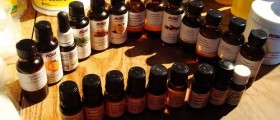





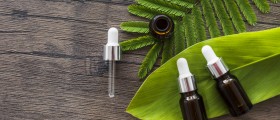
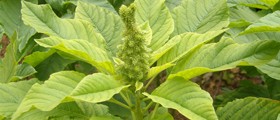
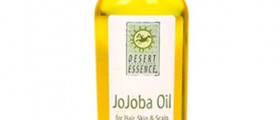
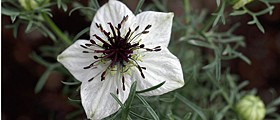

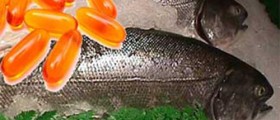
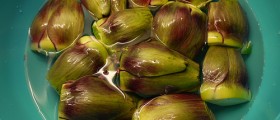
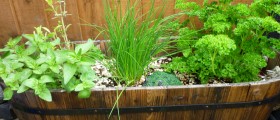
Your thoughts on this
Loading...